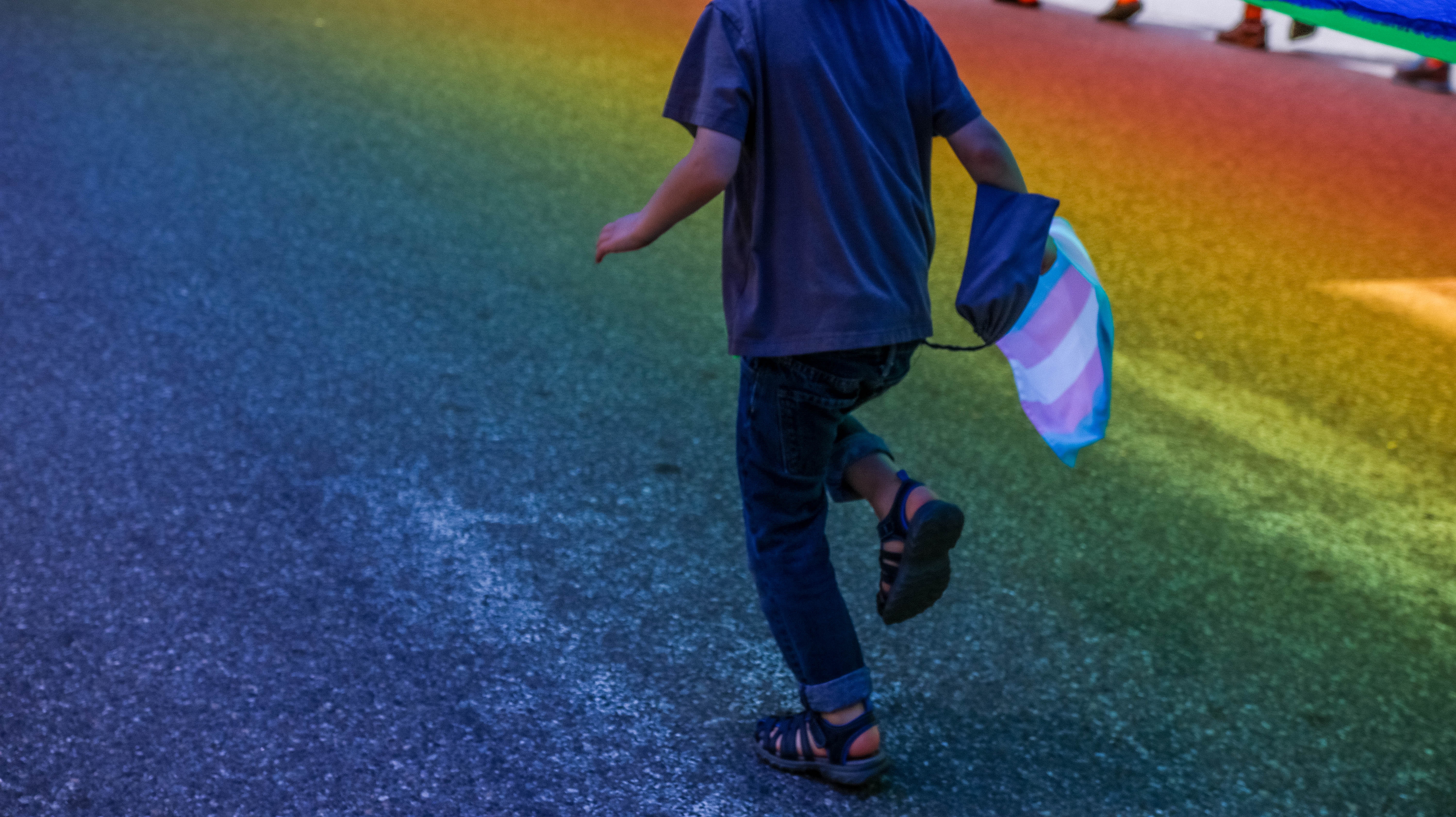Vulnerable pediatric populations (including youth who are lesbian, gay, bisexual, transgender, queer, and/or questioning [LGBTQ]; homeless; maltreated; in foster care; and struggling with substance use disorders) warrant particular consideration during the coronavirus pandemic. It is likely that stay-at-home orders, combined with increased economic instability and family pressures, will increase their risks for harm and, in some cases, may make it untenable (and potentially dangerous) for them to shelter in place. Simultaneously, safety nets that protect youth (child protective services, medical and mental health providers, and educators) have fewer staff available or are inaccessible because of the COVID-19 crisis. These conditions highlight how morbidity and mortality in vulnerable pediatric populations will likely extend beyond the pandemic itself.
For some children and youth, home can be isolating and, in some cases, dangerous. Adverse childhood experiences, including physical abuse, sexual abuse, and neglect, are common, with an estimated 678 000 children and adolescents experiencing maltreatment in 2018, and young children are at highest risk for serious harm.1 These risks increase for specific populations. Indeed, LGBTQ and gender nonconforming youth (up to 16% of all youth) are at far higher risk of experiencing physical and sexual abuse, with the level of gender nonconformity predictive of increased risk for polyvictimization.2,3 Stay-at-home mandates limit exposure to mandated reporters; as a result, the maltreatment that some youth experience may go unrecognized. Risks for harm of vulnerable youth extend beyond physical safety. LGBTQ, maltreated, runaway, and homeless youth are at a disproportionately high risk for depression, suicidal ideation and suicide, and self-harming behaviors, with rates of attempted suicide ∼2 to 10 times those of peers.4–6 This is an astounding proportion of youth who are at risk for serious harm, absent the stresses and instability posed by COVID-19.
Read more: https://pediatrics.aappublications.org/content/146/1/e20201306
